News
News
Breakthrough in antimatter production
A new cooling technique means that the ALPHA experiment at CERN’s Antimatter Factory can produce antihydrogen atoms eight times faster than before
CERN Council reviews feasibility study for a next-generation collider
At a dedicated meeting of the CERN Council on 6-7 November, delegates from CERN’s Member and Associate Member States reviewed the outcome of the Feasibility Study for the proposed Future Circular Collider
First observation of single top quark production with W and Z bosons
This incredibly rare phenomenon, observed at the CMS experiment, can help probe the fundamental forces of nature
Ion recycling to illuminate the heaviest elements
A sophisticated electrostatic trap at CERN’s ISOLDE facility could help researchers probe the chemical reactivity of the rarest and least understood elements
Molecules of pear-shaped atomic nuclei bear fruit
A new ISOLDE study of molecules containing pear-shaped atomic nuclei helps shape future research aimed at testing fundamental symmetries of nature
European Strategy update enters final straight
The completion of the Physics Briefing Book on 2 October marks a major milestone towards the 2026 update of the European Strategy for Particle Physics
Searching for new physics with beauty particles
A new LHCb analysis confirms a previously observed tension with the Standard Model, but more data and improved theoretical calculations are needed to determine whether new physics is at play
Shape-shifting collisions probe secrets of early Universe
The first high-energy collisions between light nuclei at the Large Hadron Collider confirm the unusual “bowling-pin” shape of neon nuclei and offer up a new tool to study the extreme state of matter produced in the aftermath of the Big Bang
A quantum leap for antimatter measurements
Demonstration of first antimatter quantum bit paves the way for substantially improved tests of nature’s fundamental symmetries
